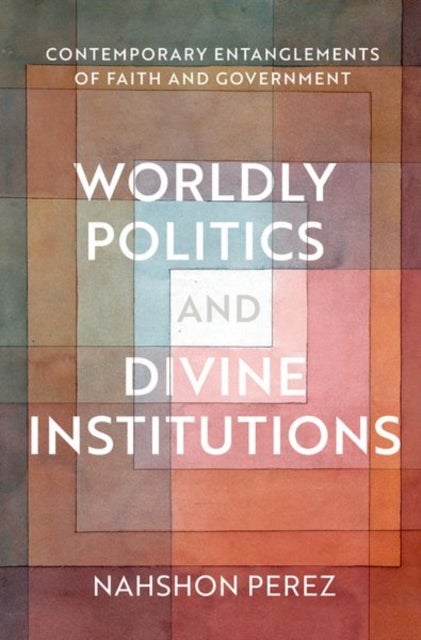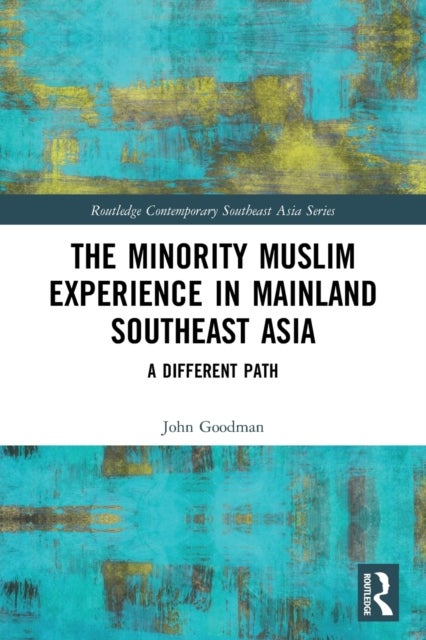
1898 av Taina Caragol, Kate Clarke Lemay
559,-
<p><b>A revealing look at U.S. imperialism through the lens of visual culture and portraiture</b><br><br>In 1898, the United States seized territories overseas, ushering in an era of expansion that was at odds with the nation¿s founding promise of freedom and democracy for all. This book draws on portraiture and visual culture to provide fresh perspectives on this crucial yet underappreciated period in history.<br><br>Ta¿ Caragol and Kate Clarke Lemay tell the story of 1898 by bringing together portraits of U.S. figures who favored overseas expansion, such as William McKinley and Theodore Roosevelt, with those of leading figures who resisted colonization, including Eugenio Mar¿de Hostos of Puerto Rico; Jos¿art¿f Cuba; Felipe Agoncillo of the Philippines; Padre Jose Bernardo Palomo of Guam; and Queen Lili¿uokalani of Hawai¿i. Throughout the book, Caragol and Lemay also look at landscapes, naval scenes, and ephemera. They consider works of art by important period artists Winslow Homer an








